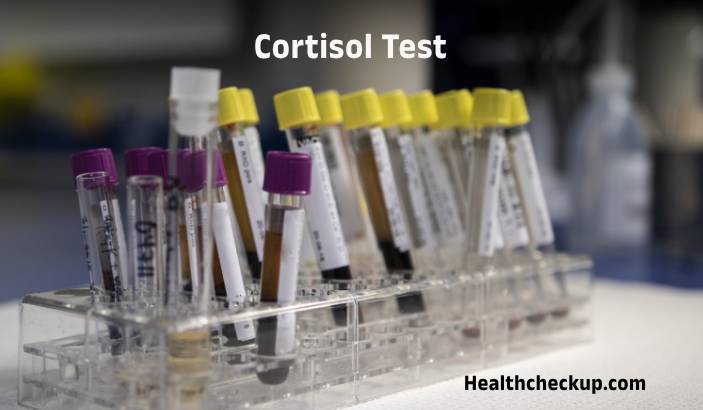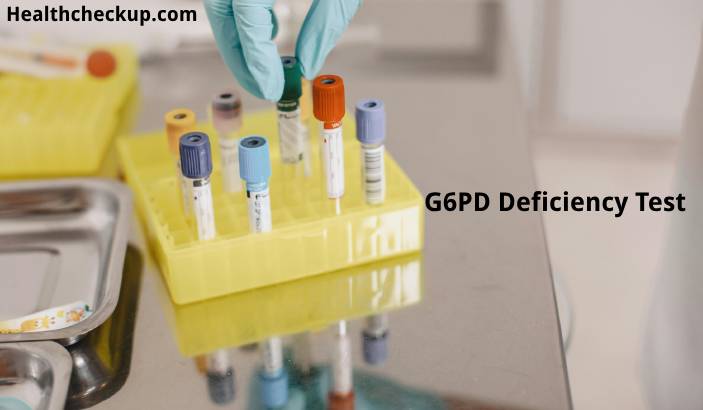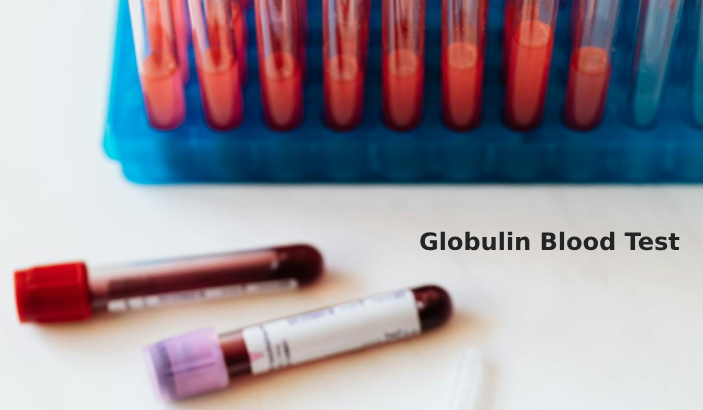Cortisol, often referred to as the “stress hormone,” plays a crucial role in many of your body’s processes, including metabolism and the immune response. It is vital for helping your body respond to stress. A cortisol test measures the level of cortisol in your blood, urine, or saliva to assess your adrenal or pituitary gland function. This comprehensive guide covers the basics of the cortisol test, including its purpose, how to prepare, what happens during the test, and what the results might indicate.
Purpose of the Cortisol Test
- Diagnosis of Disorders: The cortisol test is primarily used to diagnose diseases that affect cortisol levels, such as Cushing’s syndrome (high cortisol levels) and Addison’s disease (low cortisol levels).
- Checking Adrenal Function: It helps evaluate the functioning of the adrenal glands and the pituitary gland.
- Monitoring Treatment Efficacy: For patients undergoing treatment for conditions affecting cortisol, tests are conducted regularly to monitor the effectiveness of the treatment and adjust dosages.
Preparation for the Cortisol Test
- Time of Day: Since cortisol levels fluctuate throughout the day, your doctor may request that you have this test at a specific time, usually early in the morning.
- Medication Review: Certain medications can affect cortisol levels, so you may be asked to stop taking them before the test. Always consult with your healthcare provider before stopping any medication.
- Avoid Stress: Emotional or physical stress can affect cortisol levels, so it’s important to be relaxed and stress-free before and during the test.
Types of Cortisol Tests
- Blood Cortisol Test: Measures the level of cortisol in your blood and is the most common form of testing.
- Saliva Cortisol Test: Measures the amount of cortisol in your saliva and is used to evaluate variations in cortisol levels throughout the day.
- Urine Cortisol Test: Measures cortisol in urine over a 24-hour period to assess cortisol production over an entire day.
Procedure of the Cortisol Test
- Blood Test:
- A health professional will use a needle to draw blood from a vein in your arm.
- This is usually done in the morning when cortisol levels are at their peak.
- Saliva Test:
- You will be given a kit to collect saliva at home, often at specific times to monitor cortisol fluctuations throughout the day.
- It typically involves spitting into a tube or swabbing the inside of your cheek.
- Urine Test:
- You must collect all urine produced in a 24-hour period in a provided container, stored in a cool environment until it can be tested.
Normal Range of Cortisol
- Blood Cortisol: Normal levels in the morning are typically between 6-23 micrograms per deciliter (µg/dL).
- Saliva Cortisol: Normal ranges vary depending on the lab, but high levels at night may suggest an abnormality.
- Urine Cortisol: Normal 24-hour value should be between 10 to 100 micrograms per day for an adult.
Results of the Cortisol Test
- High Cortisol Levels: May indicate Cushing’s syndrome, stress, hyperthyroidism, or obesity. It can also be a result of recent surgery, illness, or injury.
- Low Cortisol Levels: May suggest Addison’s disease, hypopituitarism, or another condition affecting the adrenal or pituitary gland.
- Normal Cortisol Levels: Suggests that the adrenal and pituitary glands are functioning normally.
A cortisol test is a simple yet powerful tool that helps diagnose and monitor conditions related to adrenal gland dysfunction. Whether through blood, saliva, or urine, these tests provide valuable insights into how your body is managing stress and maintaining metabolic balance. Understanding cortisol levels can lead to early detection of serious health issues, allowing for timely and effective treatment.
I specialize in writing about health, medical conditions, and healthcare, drawing extensively from scientific research. Over the course of my career, I have published widely on topics related to health, medicine, and education. My work has appeared in leading blogs and editorial columns.








